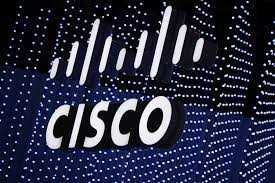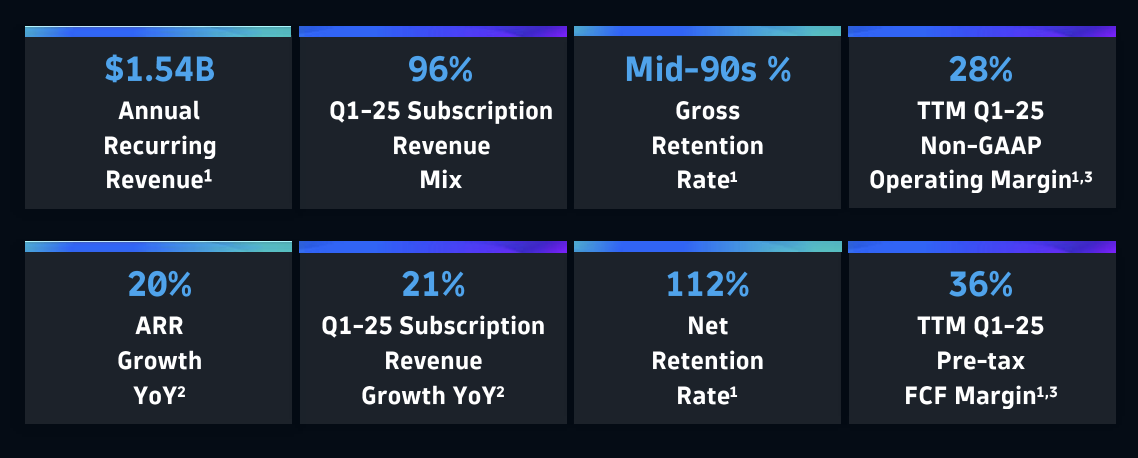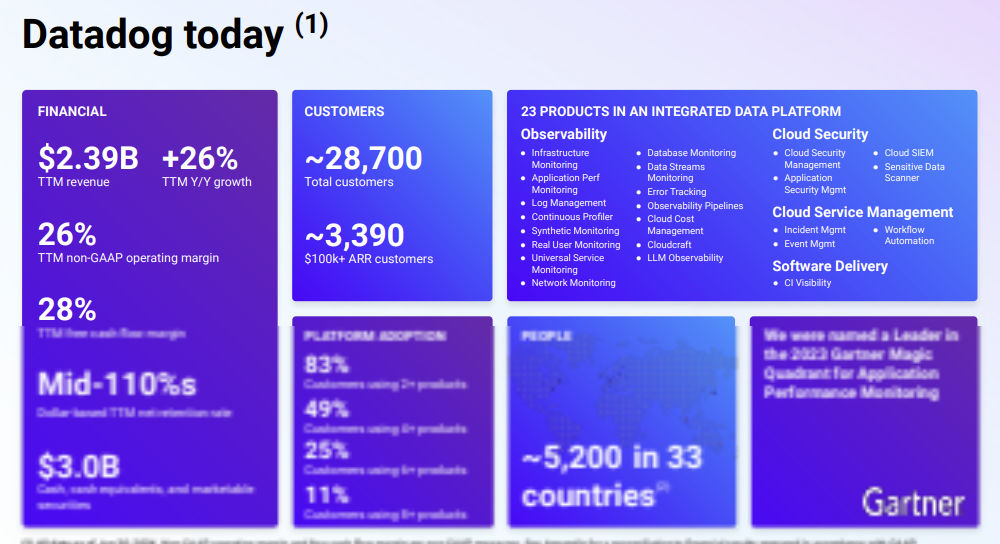Observability allows IT organizations to monitor and understand the internal states of systems by examining their outputs. Observability has transcended its origins in monitoring, evolving into a sophisticated discipline that leverages AI to provide deep insights and predictive capabilities; it’s become a strategic need for enterprise IT.
I recently talked with Dynatrace’s vice president of product marketing, Bob Wambach, about how observability tools are evolving. He helped me understand how observability has moved from being important to becoming strategic for most enterprises (you can watch our full conversation here).
Let’s look at the rapidly evolving world of observability and its increasing importance to enterprise IT.
Observability in a Hybrid-/Multi-Cloud World
Observability cuts through the complexity of modern hybrid- and multi-cloud architecture by providing a unified view of the infrastructure, allowing for cross-cloud performance analysis and management. It enables IT teams to detect issues, understand their impact across different clouds, and respond swiftly.
This holistic oversight is crucial for maintaining system performance and reliability, ensuring the user experience remains consistent regardless of the underlying cloud service. Moreover, observability ensures that security and compliance postures are upheld across all environments, a non-negotiable in today’s cybersecurity landscape.
Observability tools can also help manage cloud costs by identifying inefficiencies and redundancies, helping to optimize resource utilization and control expenses.
Observability is the keystone that underpins operational excellence, security, compliance, and cost-effectiveness while aligning IT infrastructure with the broader business objectives.
Boosting Observability with AI
AI is revolutionizing observability by introducing advanced analytics, automation, and predictive capabilities to IT operations. Traditional observability provides visibility into systems, but AI elevates this by intelligently analyzing data to predict and prevent issues before they arise.
The predictive power of an AI-driven observability solution transforms IT teams from reactive firefighters into proactive guardians of the IT estate. AI’s machine learning algorithms can sift through the noise of vast data streams to detect anomalies, patterns, and trends, offering insights that human operators might miss.
Moreover, AI enables automated root cause analysis, significantly reducing the time it takes to diagnose and resolve issues. When an incident occurs, AI can quickly determine the root cause by analyzing the data and the sequence of events leading up to the problem, reducing the mean time to resolution and helping avoid the same issues in the future.
Providers like Dynatrace are taking things further, leveraging technologies such as Causal AI to add additional intelligence to an observability solution. Causal AI is used to understand the causal relationships within the IT environment.
This means it can identify not just when and where problems occur but also why they happen by analyzing the interdependencies between different components of the infrastructure.
As AI matures, it is set to deepen its role within observability, further integrating IT operations with business outcomes, driving efficiency, and fostering innovation. AI is not just changing observability; it’s redefining it, turning observability platforms into proactive, self-healing systems vital for the digital age.
Analysis
Observability is critical in the contemporary IT landscape because it provides a granular and dynamic understanding of complex systems. As enterprises adopt distributed architectures, including microservices and multi-cloud environments, the interdependencies and interactions within their IT infrastructure become intricate and often opaque. Observability offers the lens through which these systems can be understood and managed effectively.
It extends beyond traditional monitoring by not just flagging issues as they occur but by enabling IT teams to anticipate potential failures before they happen. This shift towards a more proactive approach is essential in maintaining system reliability and performance, directly influencing customer satisfaction and business continuity.
In a market where downtime or poor performance can lead to significant revenue loss and damage to brand reputation, observability becomes a non-negotiable element of IT strategy.
Additionally, observability feeds into business intelligence by correlating IT performance with business outcomes, enabling decision-makers to understand how technical metrics impact financial results and customer experiences. In an era where data is king, observability ensures that this data is not just collected but made actionable.
Dynatrace provides market-leading capabilities for full-stack observability with a rich set of AI-driven features, including its unique take on causal AI with its Davis AI technology, which provides automatic and intelligent monitoring that covers applications, microservices, cloud environments, and more.
Dynatrace isn’t alone in the market. A rich set of solutions can be found with providers such as New Relic and Datadog, along with more focused cloud-native observability solutions from companies like Splunk. The large number of choices only benefits IT practitioners.
Integrating AI and machine learning is causing a rapid evolution in observability platforms, which are becoming increasingly sophisticated, automating problem resolution, and freeing up valuable resources to focus on innovation and strategic initiatives.
Observability is critical for IT operational excellence, business growth, and a competitive edge in the digital economy. It should be a part of every IT organization’s strategic capability.





